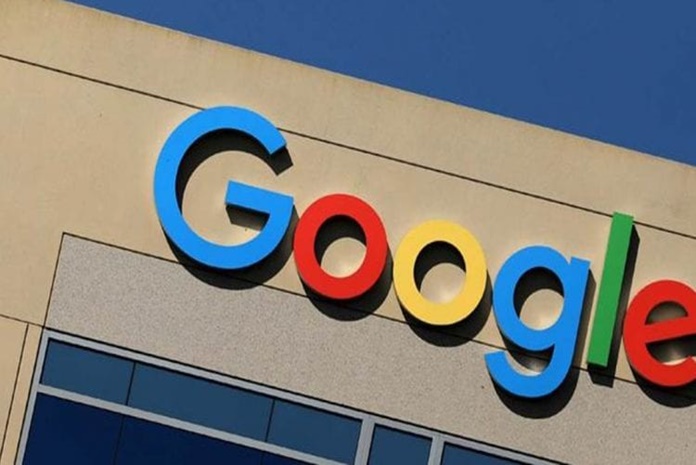Stressing that an equivalent of over 1,300 years of learning have taken place remotely each day on Google Meet this year, Google has announced exciting new features for its video calling app Meet to help educators boost interactivity with students.
Google said it is making it easier to manage meeting attendees.
When someone asks to join a meeting, they won’t be able to ‘knock’ again after being ejected from a meeting, and a ‘knock’ will no longer show up after a moderator rejects it twice.
“Plus, we’re updating the knocking interface to make knocks less intrusive for educators. Moderators will also be able to end the meeting for all participants, ensuring no students linger after the teacher has left,” the company said in a statement.
Google said it will soon block anonymous attendees from joining any Education meetings by default, though schools will be able to opt-in to allow anonymous participants.
“To help students and educators feel more comfortable while on video from their homes, we will enable them to blur out their surroundings or replace their background, with presets or uploaded images (with admin controls to disable this functionality),” informed Google.
Over 140 million educators and students are currently using G Suite for Education.
Later this year, Google will release additional moderation features to give educators full control of their meetings, such as the ability to mute all participants at the same time, disable in-meeting chat for participants, and restrict who can present.
It will also provide a setting that requires that the moderator join before the meeting can begin.
For all G Suite for Education and G Suite Enterprise for Education users, Google said it is releasing a hand-raising feature to make meetings flow more smoothly and an integrated collaborative whiteboard to help teachers and students share their ideas more naturally.
“In addition, a larger tiled view will allow you to display up to 49 participants at once. We’re also launching closed captions in additional languages to make lessons more accessible,” said Google.
All these features will roll out later this year.
(IANS)











